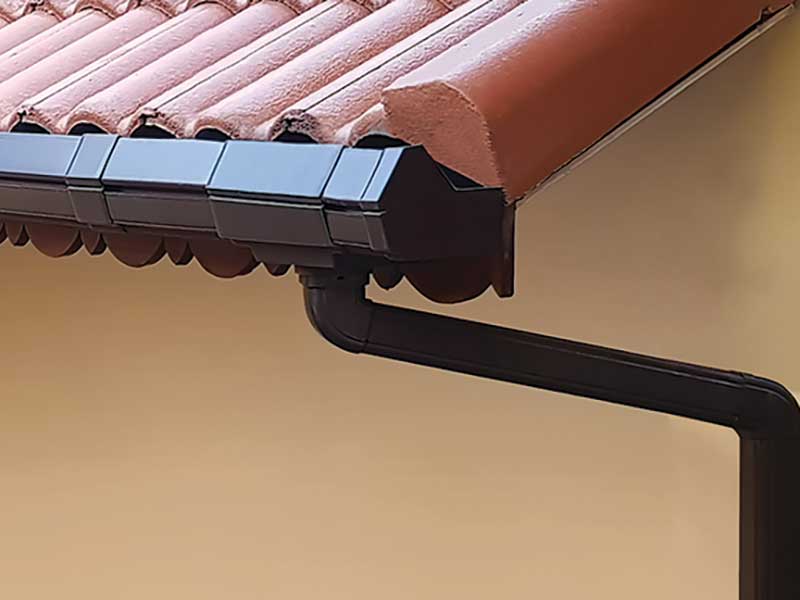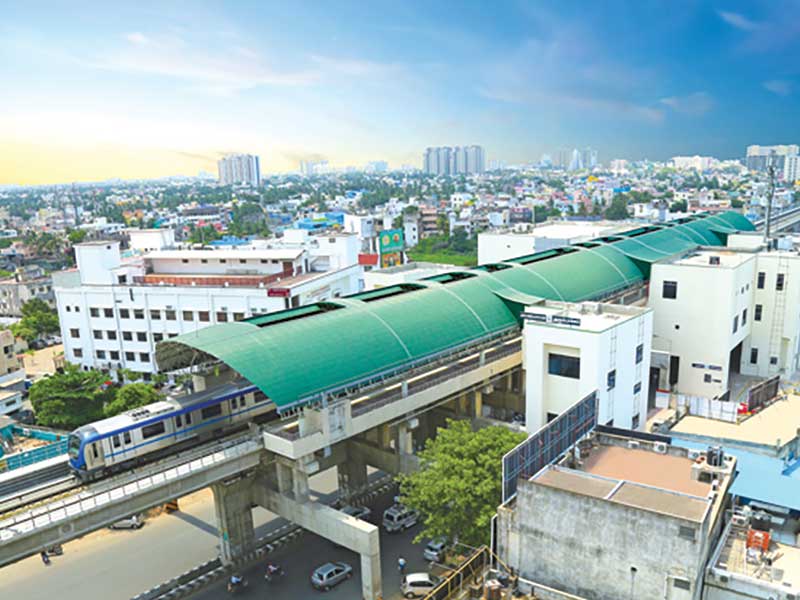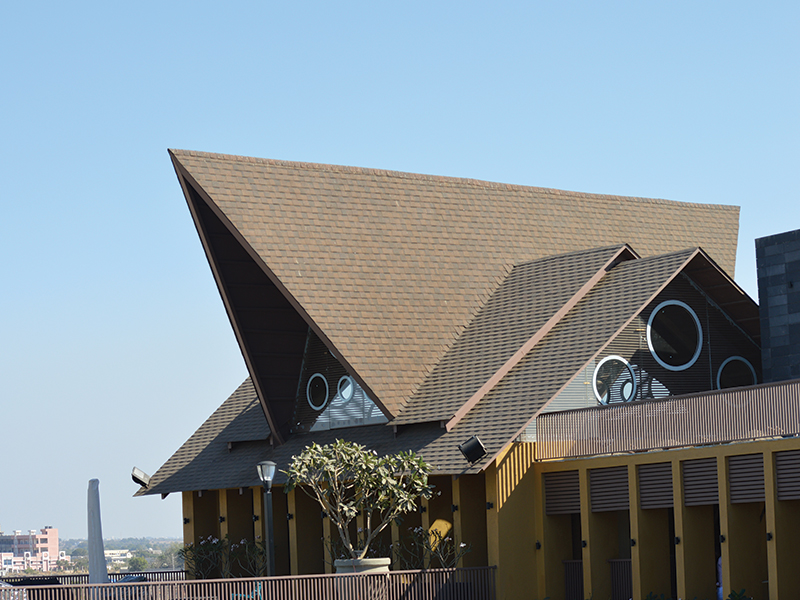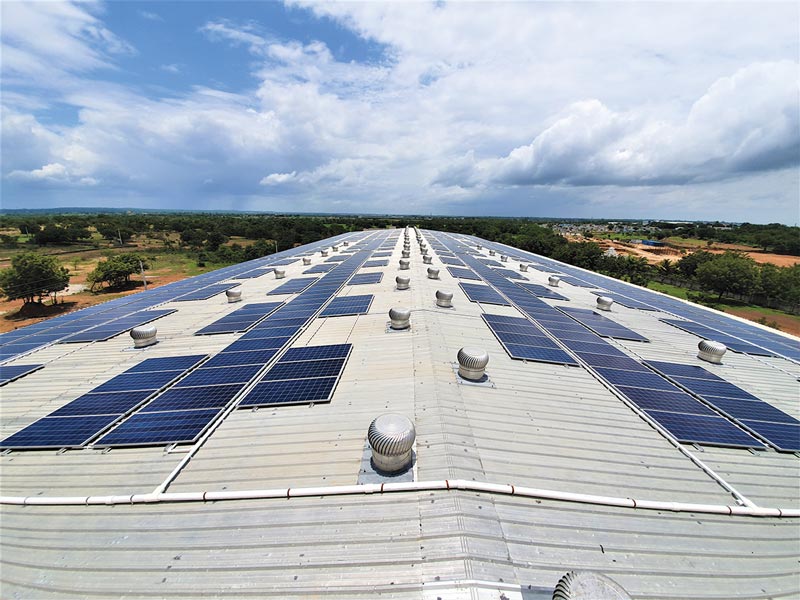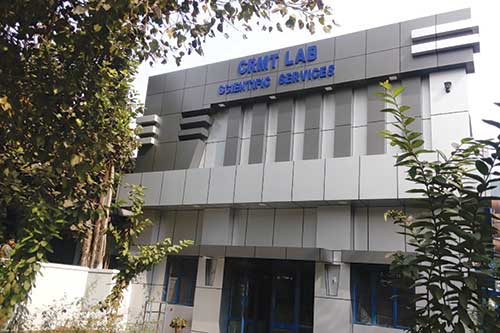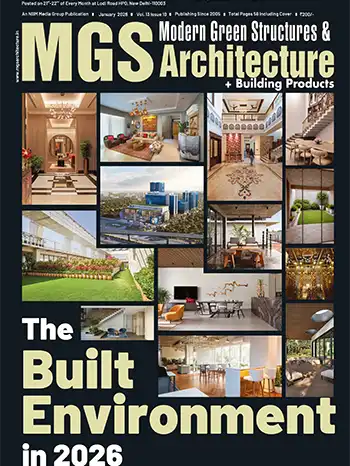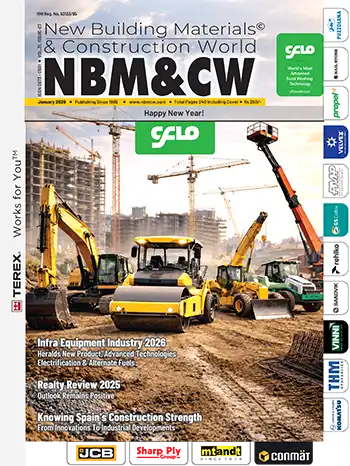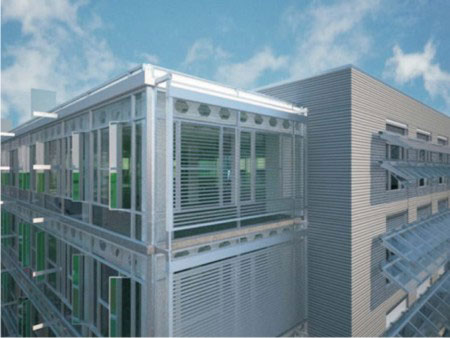
It has been around for generations but lately, with the construction boom, the maximum usage of aluminum has found to be in buildings. So, with sustainable characteristics and having excellent recycling properties, it is but natural that this is the green choice for the builders.
Why is Aluminum Green?
Aluminum has always possessed the three remarkable qualities of being recyclable, versatility and sustainable which contribute in a major to any green building. Offering high scrap value, extensive consumer acceptance, and the recycling quality; aluminum enjoys major industry support. In addition to this, other eco-friendly qualities that aluminum flaunts while meeting green building requirements include its light weight-to-strength ratio, which allows for the reduction in weight of materials, and the very extrusion property, helps off-site fabrication.Aluminum finds various uses like for curtain wall systems, windows and doors, reflective "cool" roofing, solar-panel framing, skylight framing, reflectors for interior lighting grids, elevator housing/framing, atriums, entryways, walkways, sun rooms, and heat exchangers for air conditioning systems in both commercial and residential applications.
At the end of a building's life, aluminum can be 100% recycled and reused without compromising on the quality. Residential and office buildings that use aluminum emit less carbon dioxide and therefore find aluminum a very favorable material. According to the United Nations Environment Program, aluminum used in manufacturing construction materials that are taken from recycled sources uses less "embodied energy" than materials having no recycled content. It is also seen that recycling aluminum several times reduces its life cycle impact on the environment greatly; inferring that older buildings can now be deconstructed rather than demolished, avoiding landfill dumping costs and adverse environmental impacts. Also, producing recycled aluminum building materials reduces emissions and energy use, utilizing only five percent of the total energy needed to produce raw aluminum from bauxite. The recycled content of flat-rolled aluminum products used in commercial construction ranges from 80 to 85%.
Making It Stronger
Aluminum can be transformed into a stronger material with anodizing, which involves placing the sheets in a chemical acid bath thus forming a strong coating on the original surface, thus creating an "anodized aluminum". Many modern buildings use this anodized aluminum to get a matt finish as well as give a new look to the building. India has witnessed an increase in the per capita aluminum consumption that has motivated key producers to up the existing capacities and also setup fresh green field operations.More facts
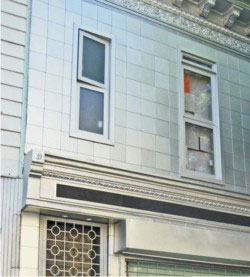
Aluminum withstands the damages caused to the buildings by temperature, corrosion, humidity, and warping, thus adding to its unbelievably long life. Extruded-aluminum-framed windows with thermal barriers are also very effective in insulating against condensation and are rigid and stable, requiring minimum attention in terms of operating smoothly with minimal maintenance and excellent finish. Extruded aluminum alloys can be given anodized finishes which are non-combustible and pose no health threats.
Use of aluminum in buildings also takes care of the energy efficiency with the use of all-aluminum micro-channel heat exchangers that are used in commercial and residential air conditioning units. This particular technology helps enhance the cooling capacity compared to the conventional copper-tube or aluminum-fin technology.
LEED-certified architects and builders are advocating the idea of making extruded aluminum a priority in order to further the cause of making more green buildings and involving more green construction materials.
With so much happening in this green world of architecture and with materials like the environment-friendly aluminum readily available; its time the builders started developing advanced technologies and bringing out more innovative aluminum building designs. India has already advanced well in this green area, it is now the turn of the manufacturers to involve more green practices and get more recycled aluminum and conserve the energy and the environment.






